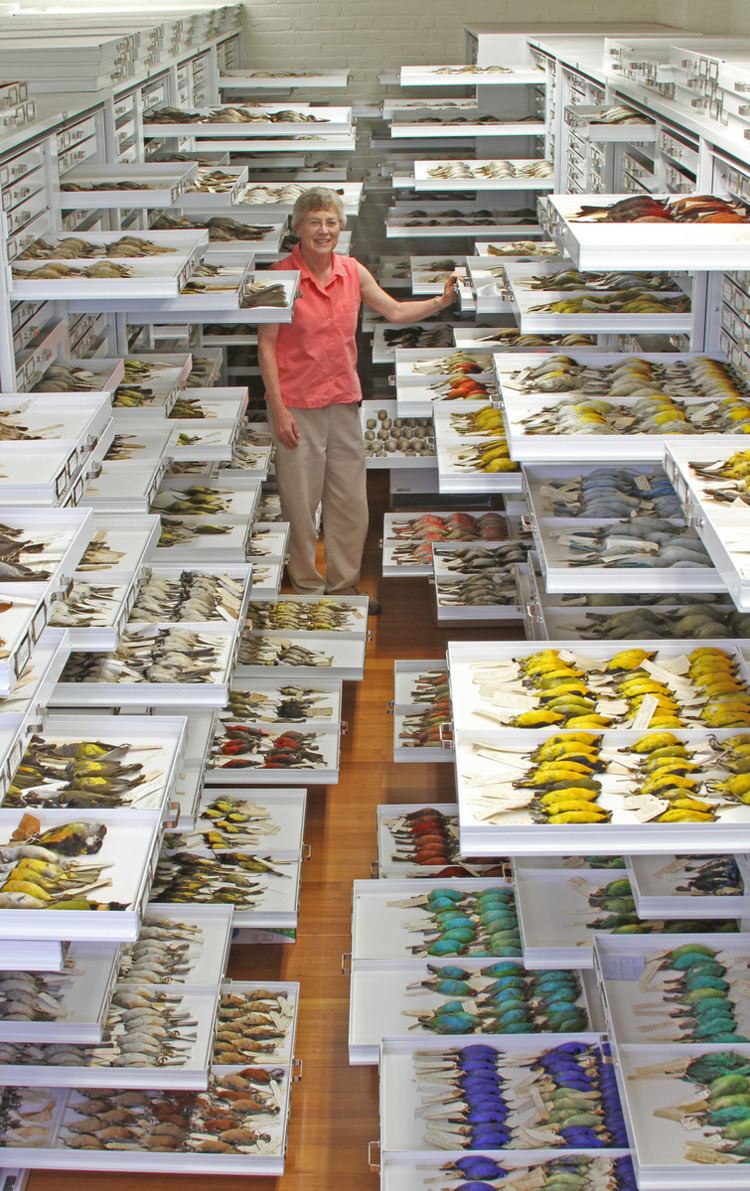Opened 1859 | Phone +1 617-495-2460 | |
 | ||
Address 26 Oxford St, Cambridge, MA 02138, USA Hours Open today · 9AM–5PMWednesday9AM–5PMThursday9AM–5PMFriday9AM–5PMSaturday9AM–5PMSunday9AM–5PMMonday9AM–5PMTuesday9AM–5PMSuggest an edit Similar Harvard Museum of Natural H, Peabody Museum of Archaeol, Harvard University Herbaria, National Museum of Natural H, American Museum of Natural H | ||
The harvard fish collection museum of comparative zoology
The Museum of Comparative Zoology, full name "The Louis Agassiz Museum of Comparative Zoology", often abbreviated simply to "MCZ", is the zoology museum located on the grounds of Harvard University in Cambridge, Massachusetts. It is one of three natural history research museums at Harvard whose public face is the Harvard Museum of Natural History. Harvard MCZ's collections consist of some 21 million specimens, of which several thousand are on rotating display at the public museum. The current director of the Museum of Comparative Zoology is James Hanken, the Louis Agassiz Professor of Zoology at Harvard University.
Contents
- The harvard fish collection museum of comparative zoology
- This brick ark celebrating harvard s museum of comparative zoology
- History
- Departments
- Publications
- Displays
- References
Many of the exhibits in the public museum have not only zoological interest but also historical significance. Past exhibits have included a fossil sand dollar which was found by Charles Darwin in 1834, Captain Cook's mamo, and two pheasants that once belonged to George Washington, now on loan to Mount Vernon in Virginia.
The Harvard Museum of Natural History is physically connected to the Peabody Museum of Archaeology and Ethnology; for visitors, one admission ticket grants access to both museums. The research collections of the Museum of Comparative Zoology are not open to the public.
This brick ark celebrating harvard s museum of comparative zoology
History
The Museum of Comparative Zoology was founded in 1859 through the efforts of zoologist Louis Agassiz, and the museum used to be referred to as "The Agassiz" after its founder. Agassiz designed the collection to illustrate the variety and comparative relationships of animal life.
Departments
The museum comprises twelve departments: Biological Oceanography, Entomology, Herpetology, Ichthyology, Invertebrate Paleontology, Invertebrate Zoology, Mammalogy, Marine invertebrates, Malacology, Ornithology, Population Genetics, and Vertebrate Paleontology. The Ernst Mayr Library and its archives join in supporting the work of the museum. The Ernst Mayr Library is a founding member of the Biodiversity Heritage Library.
Publications
The museum publishes two journals: the Bulletin of the Museum of Comparative Zoology at Harvard College, first published in 1869, and Breviora, first published in 1956.
Displays
In contrast to numerous more modern museums, the Harvard Museum of Natural History has many hundreds of stuffed animals on display, from the collections of the Museum of Comparative Zoology. Notable exhibits include whale skeletons, the largest turtle shell ever found (eight feet long), "the Harvard mastodon", a 42-foot (13 m) long Kronosaurus skeleton, the skeleton of a dodo, and a coelacanth preserved in fluid. The two-story Great Mammal Hall was renovated in 2009 in celebration of the 150th anniversary of founding of the Museum of Comparative Zoology.
New and changing exhibitions in the Harvard Museum of Natural History include "Evolution" (2008); "The Language of Color" (2008 to 2013); "Arthropods: Creatures that Rule" (2006); "New England Forests" (2011); and "Mollusks: Shelled Masters of the Marine Realm" (2012).
